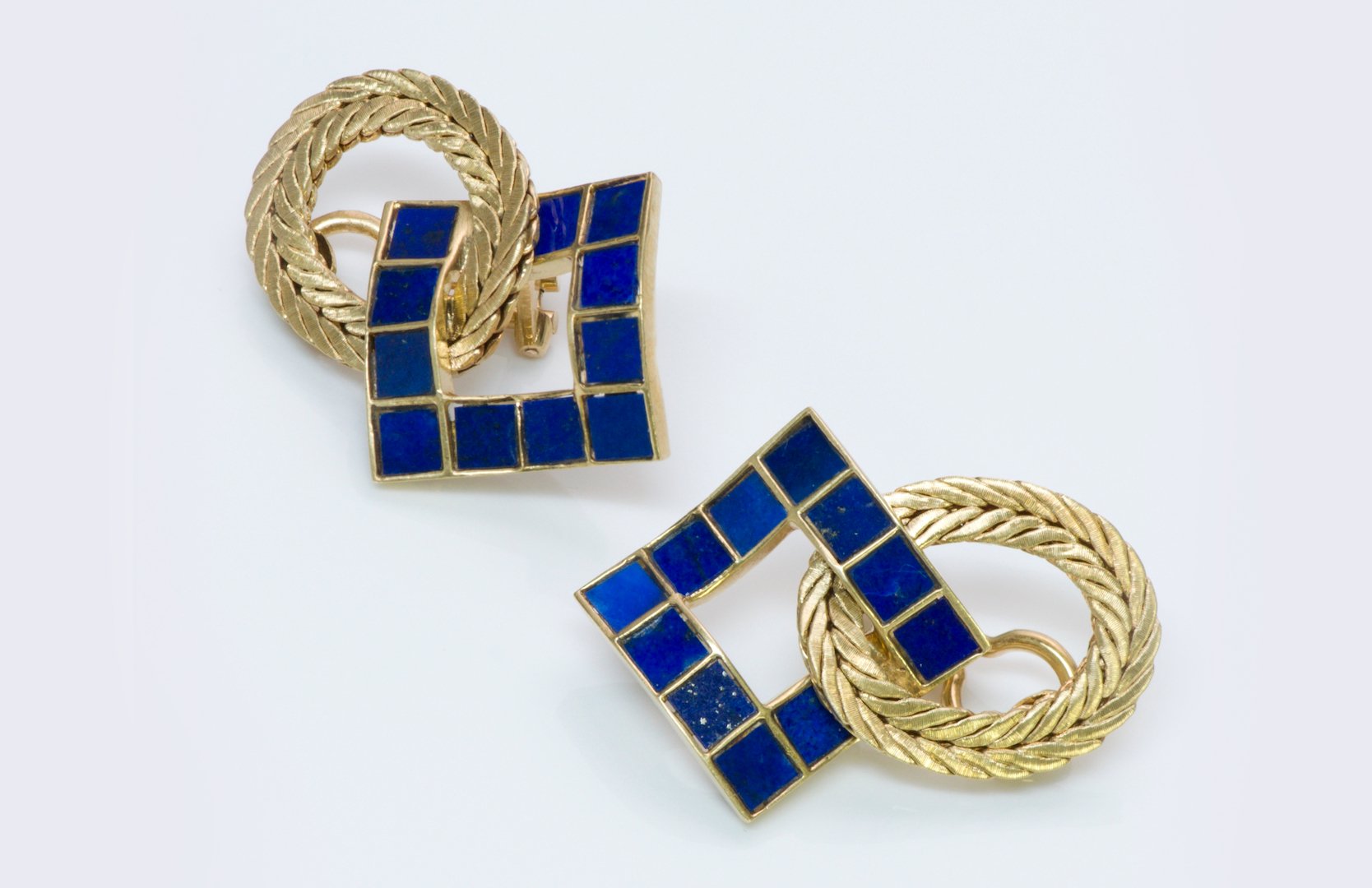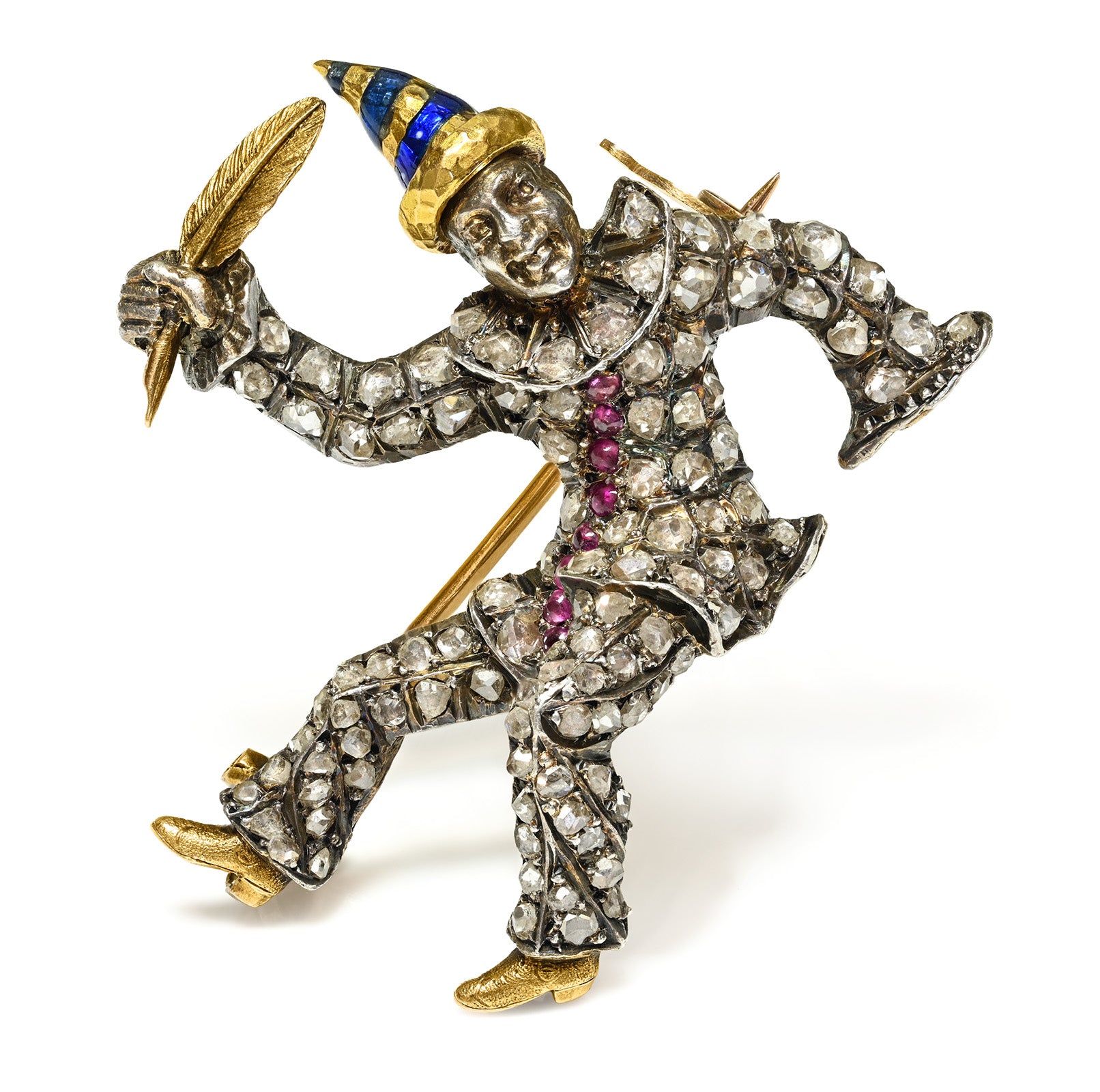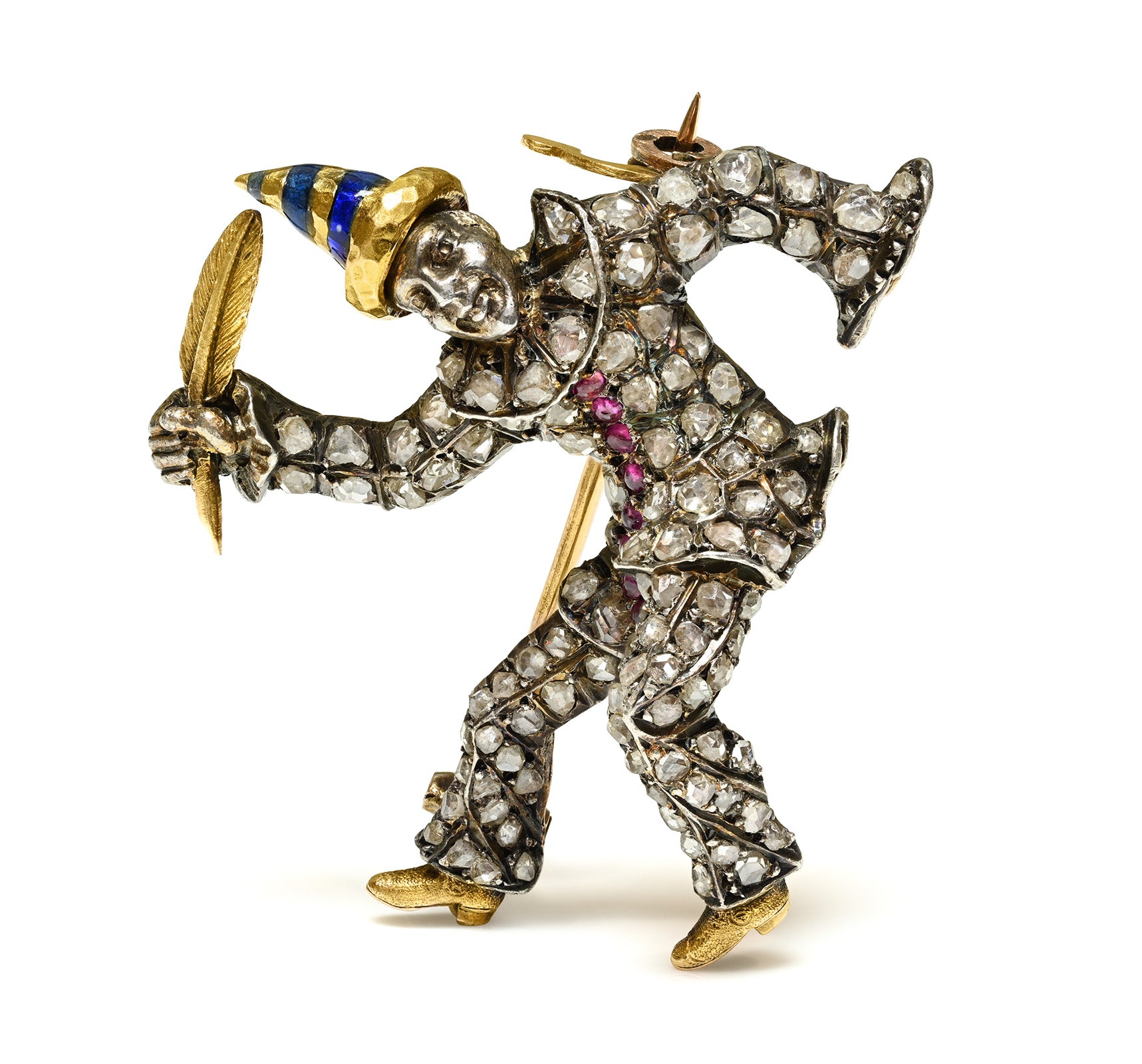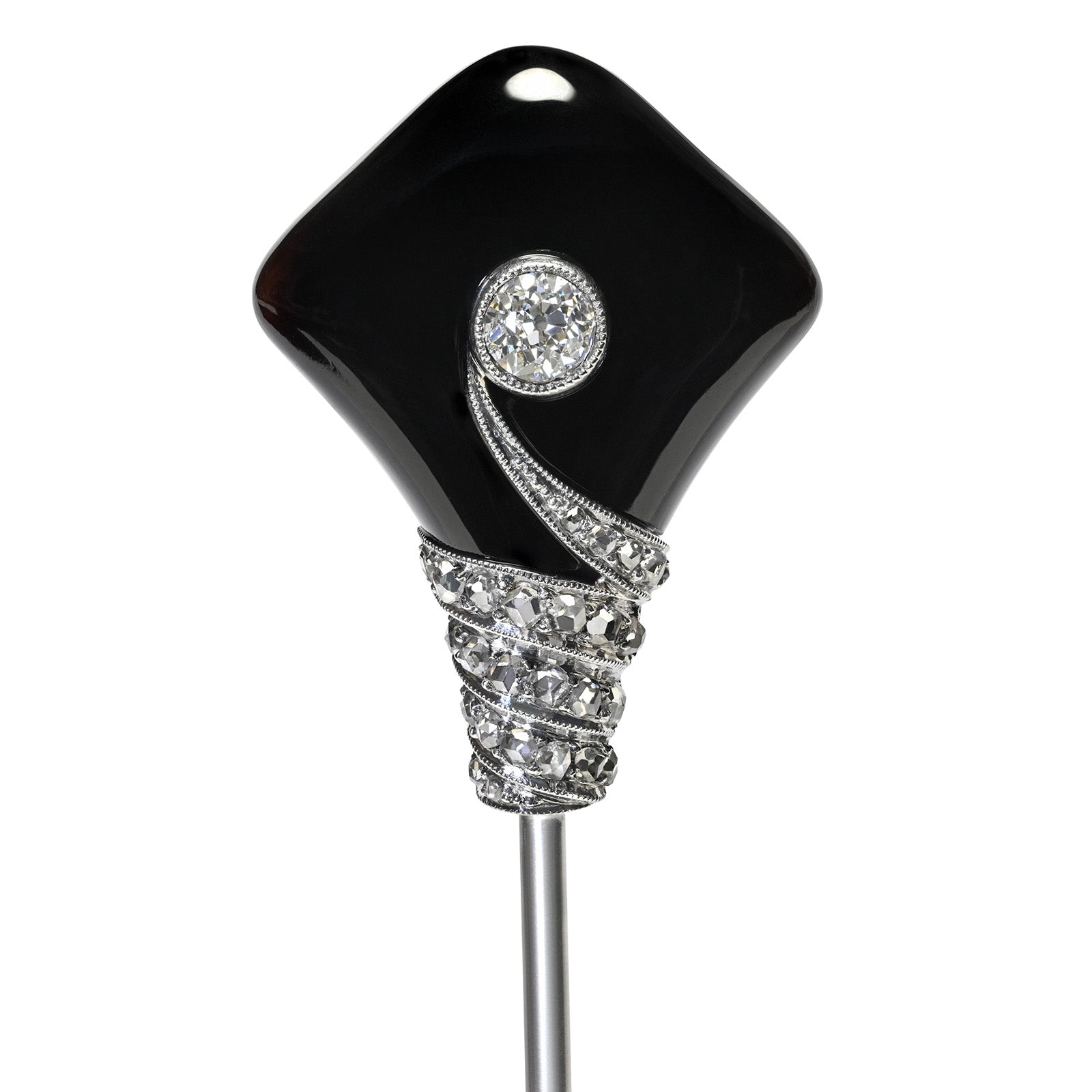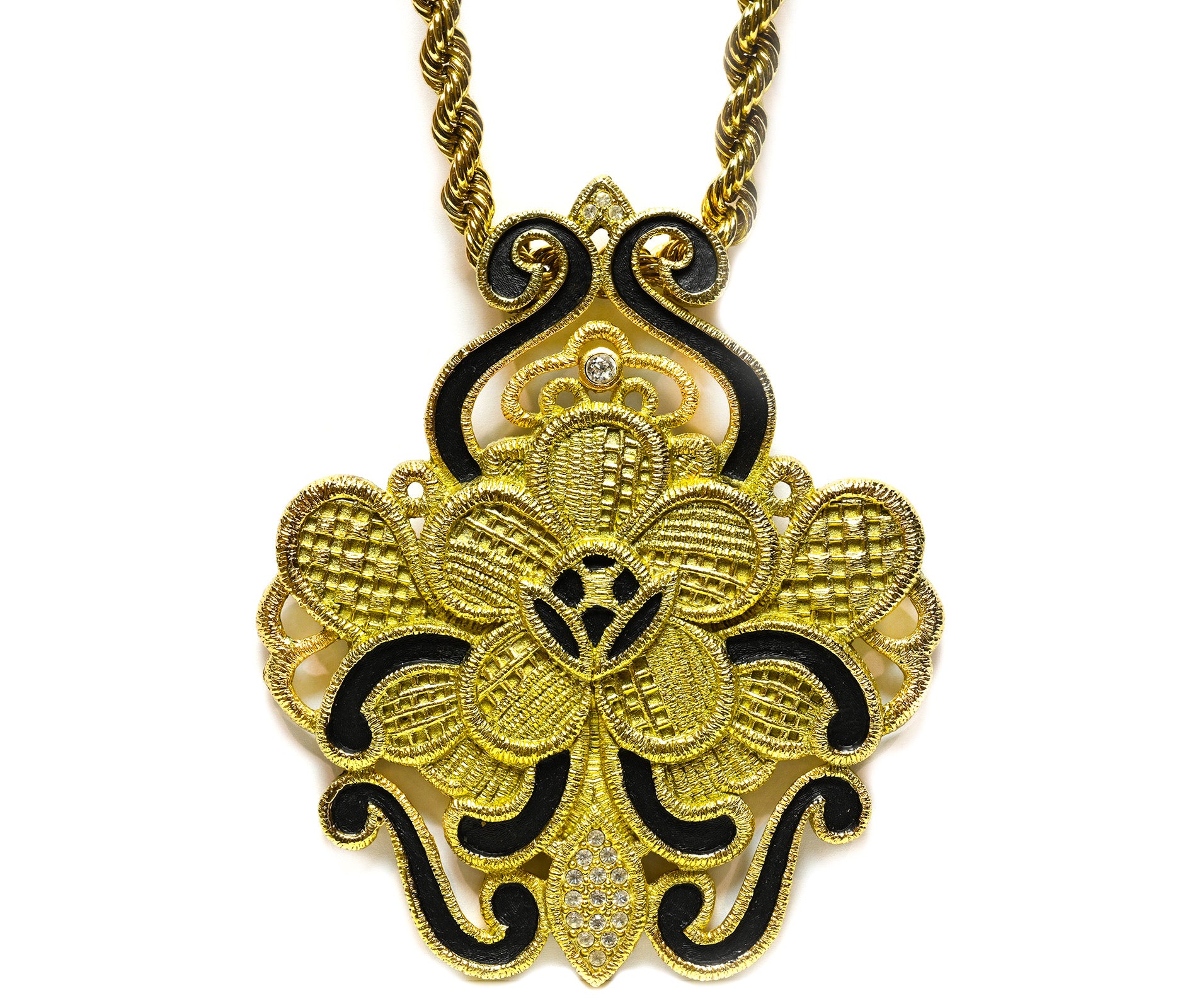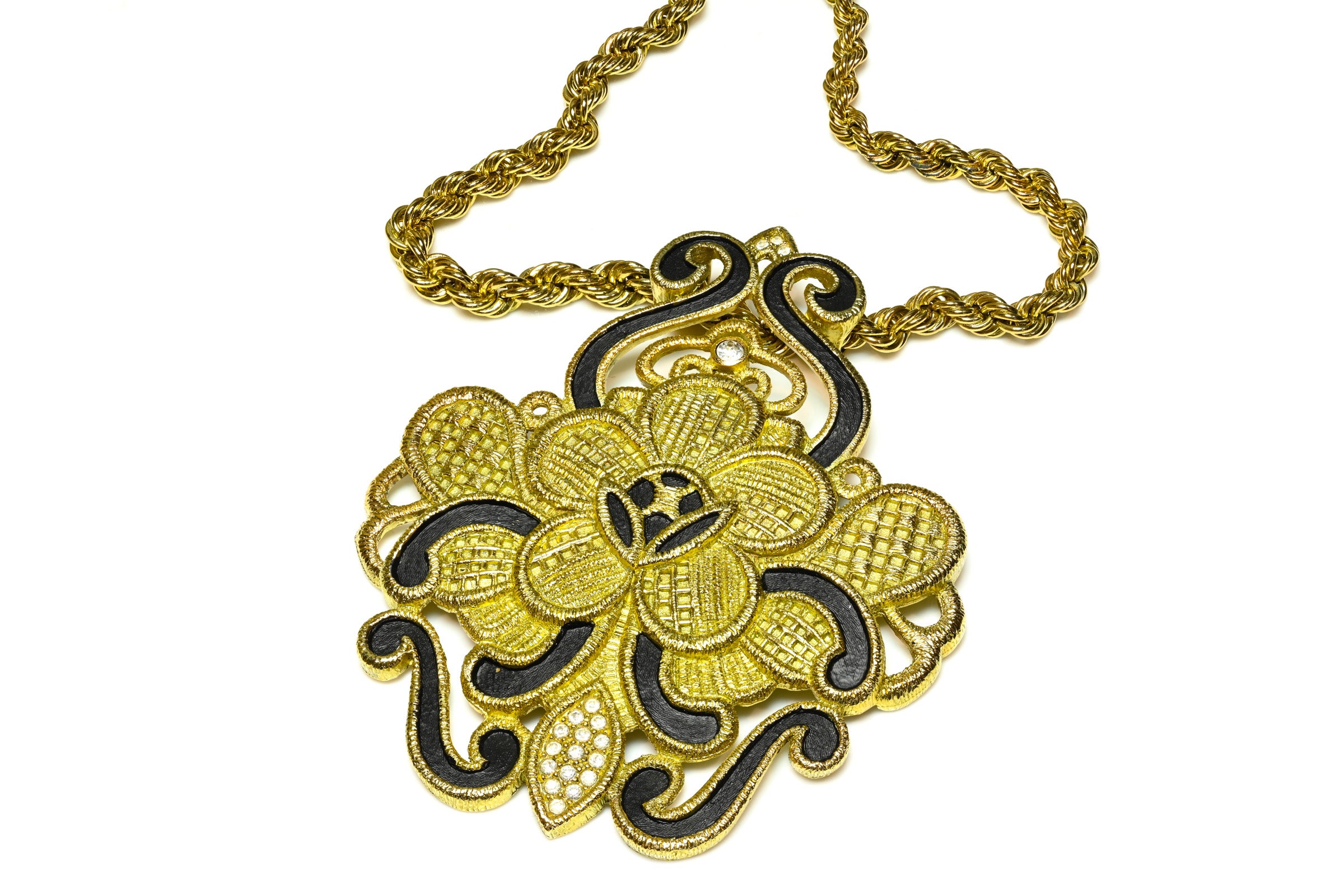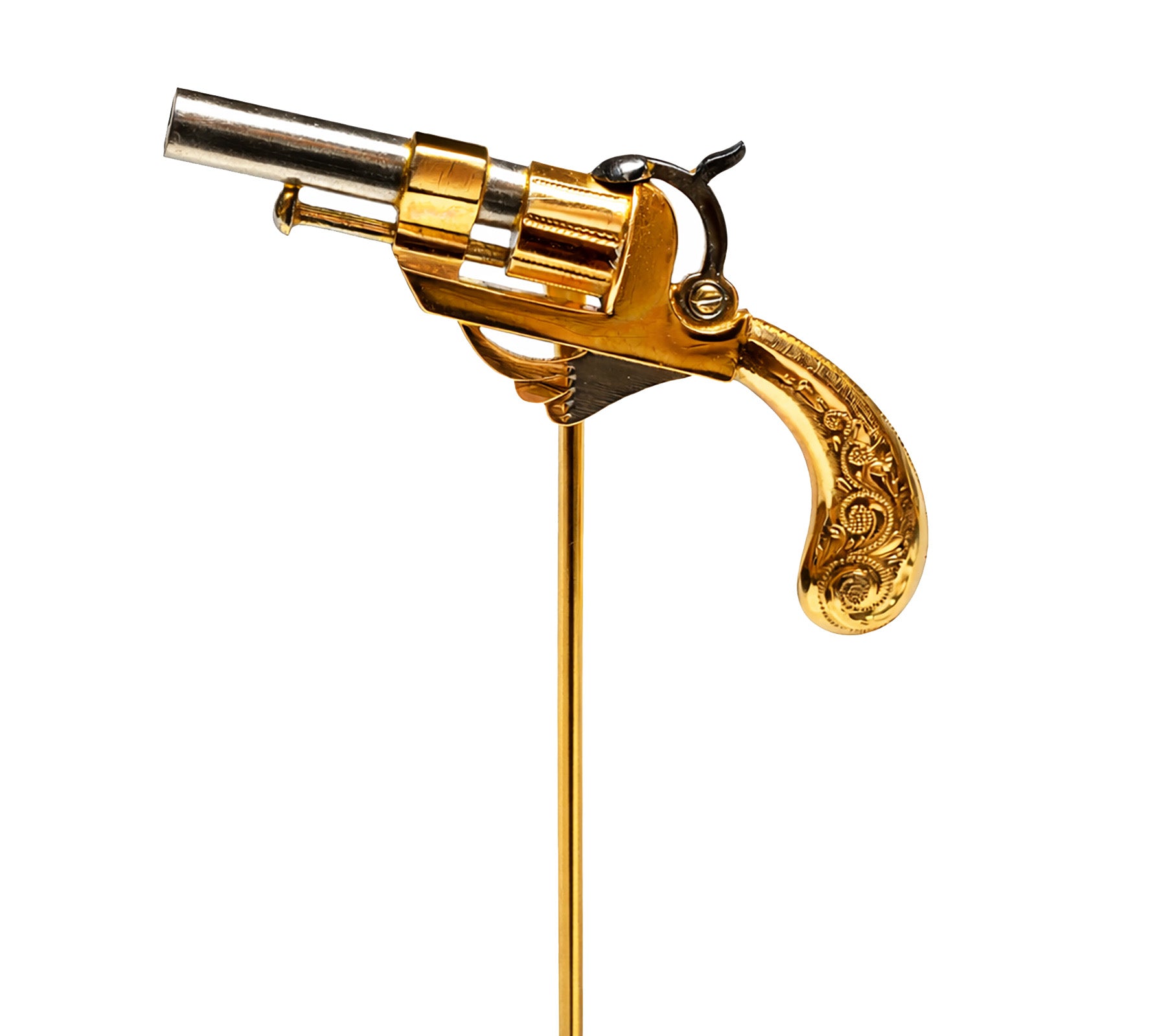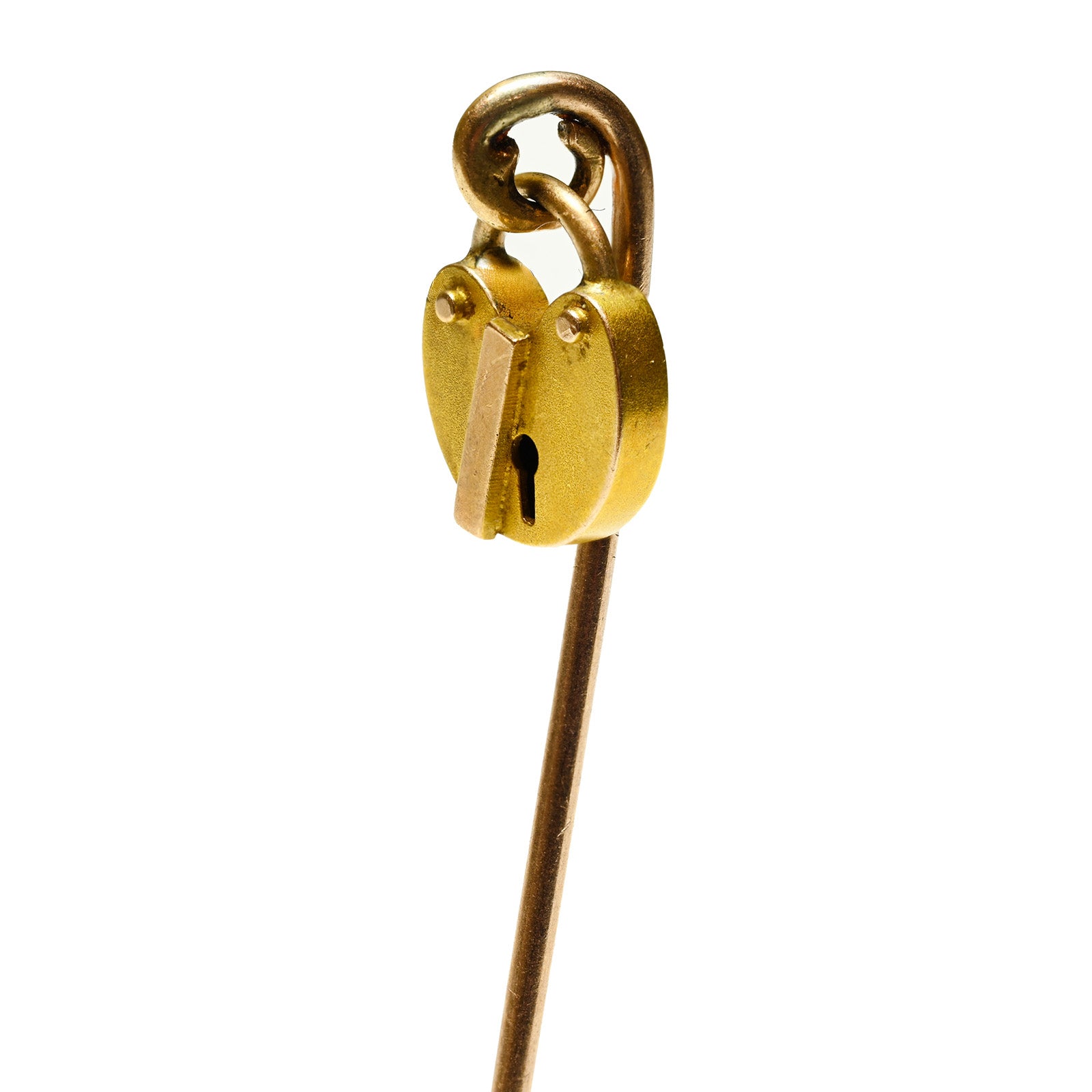Western or Oriental Thimble? Both Have Ancient Origins And Are Works of Art
We are all familiar with the thimble and its practical purpose. This small, indented cup is worn on the finger to safeguard against needle pricks while sewing. However, it is worth noting that thimbles can also serve as miniature works of art.
Thimbles have a rich history spanning thousands of years and have been crafted in various shapes to accommodate different sewing materials and needles, evolving alongside advancements in needle technology.
A Brief History of Thimbles
The earliest known thimbles date back to the Neolithic period. Instead of being worn on the fingers, they were held in the palm of the hand to shield it from the large stone, bronze, or iron needles of that time. Similar tools were used for sewing fabric or leather until the 17th century. One variation is the sail palm, which found utility among sailmakers and leather workers. The sail palm came in two types: the seaming palm, used for lighter tasks such as sewing canvas together, and the roping palm, employed for heavier work involving sewing canvas and rope.
Picture Credit: Auckland Museum CC BY 4.0 / Wikimedia
It is believed that the first thimbles date back approximately 30,000 years ago and were used by mammoth hunters to sew pearls onto pieces of leather.
The actual thimble, as we know it today, appeared over two thousand years ago in the form of a ring open at the tip, with concave incisions distributed along the band. During the Middle Ages, the bell-shaped thimble gained popularity, taking on convex or ogival forms. Even non-precious metal thimbles were expensive during this time.
In subsequent centuries, thimbles were crafted from precious materials and transformed into small ornamental objects, becoming treasured pieces of jewelry that women proudly showcased. Adorned with inscriptions, drawings, and mottos, using materials like enamel and porcelain, they became beautiful and highly collectible items.
Picture Credit: wikipedia.org CC BY-SA 3.0)
At the beginning of the 19th century, industrial production of thimbles commenced, resulting in thinner metal and more standardized thimbles for everyday use. Consequently, they became more affordable.
Up until now, we have primarily discussed thimbles used in the Western world. However, something similar is also utilized in the East.
Picture Credit: ja.wikipedia CC BY-SA 3.0
Yubinuki - Japanese Thimble Ring
In Japanese culture, aesthetics play a significant role in every aspect of life. The belief is that beauty should be admired in everything, including man-made objects. When creating something, aesthetics, form, and function are all considered essential requirements. This emphasis on pleasing aesthetics permeates even the simplest items of everyday life, such as thimbles.
Rarely will you find something in Japanese culture created solely for its function, without considering its form. For the Japanese, the presence of beautiful objects enhances the enjoyment of life's most mundane tasks.
When it comes to sewing, from delicate fabrics to heavy leather, a thimble is always used to protect the stitcher's fingers. However, unlike the common "fingertip" thimbles found in the West, most Japanese thimbles take the form of simple rings, approximately 1 cm in width, worn between the first and second knuckles of the middle finger on the dominant hand. These thimbles, known as yubinuki, are not only practical but also exude the simplicity and grace of the Japanese style.
Japanese thimble rings can be crafted from metal, washi paper, or leather and come in various shapes.
Unlike the traditional thimble we are familiar with, the Japanese thimble is worn between the first and second knuckles of the middle finger on the dominant hand.
Yubinuki, used for finer sewing and embroidery, initially took the form of fabric strips, several layers thick to prevent the needle's eye from penetrating. Decorative stitching was applied to hold the layers together in the appropriate size.
Over time, these fabric strips evolved into rings entirely covered in decorative stitching, providing additional protection against the needle's eye. Adding inner layers to the ring enhanced its strength and durability. Thin pieces of leather were sometimes used for the inner layers when extra protection was necessary. However, washi paper, made from resilient fibers of the mulberry bush/plant, became a commonly used "ring base" due to its strength, durability, and availability. The fabric covering is applied to the outer surface of the ring, with decorative stitching.
The functional design of yubinuki, worn as a ring according to the described method, allows all fingertips to remain uncovered. This ensures that tactile sensation and grasping ability are not compromised, enabling full dexterity in stitching without the risk of needle pricks.


